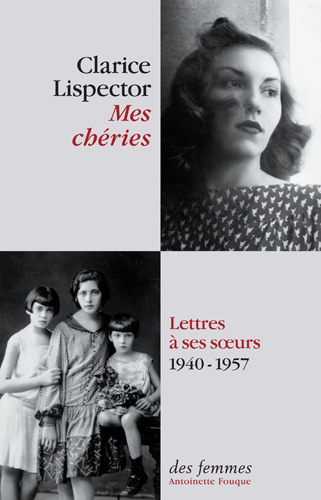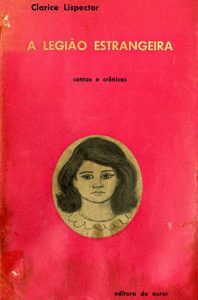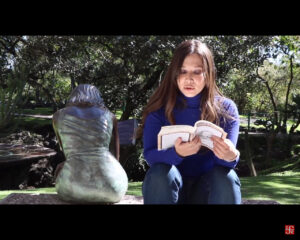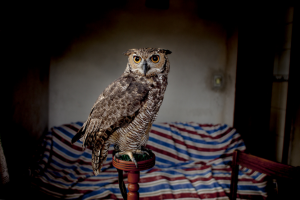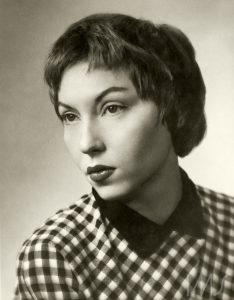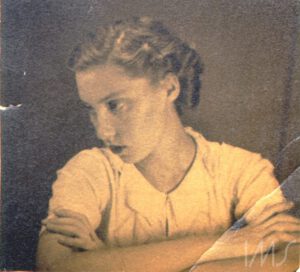, Exhibition at the Paris Book Fair. IMS Clarice Lispector, 2015. Disponível em: https://site.claricelispector.ims.com.br/en/2015/04/13/exposicao-no-salao-do-livro-de-paris/. Acesso em: 08 January 2026.
At the 35th edition of the Paris Book Fair, one of the most important literary events today, Brazil was the country of honor. The program took place between March 20th and 23rd of that year and was marked by an exhibition dedicated to Clarice Lispector at Éditions des Femmes, the publishing house responsible for the launch of Mes chérie – Lettres à ses sœurs. The book, organized by Teresa Monteiro and prefaced by Nádia Battella Gotlib, consists of 120 letters sent to her sisters Tânia and Elisa Lispector during the 1940s and 1950s, a period in which Clarice accompanied her diplomat husband Maury Gurgel Valente in several countries. Mes chérie, which has already been translated and published in Spanish (Queridas mías) by the publisher Siruela, reveals an intimate and affective side of the author.
Also on the occasion of the Book Salon, the interview with Paulo Gurgel Valente produced by the Moreira Salles Institute as one of the celebrations of the Clarice’s Hour event, in December 2014, was subtitled and broadcast at the French publisher’s venue.

